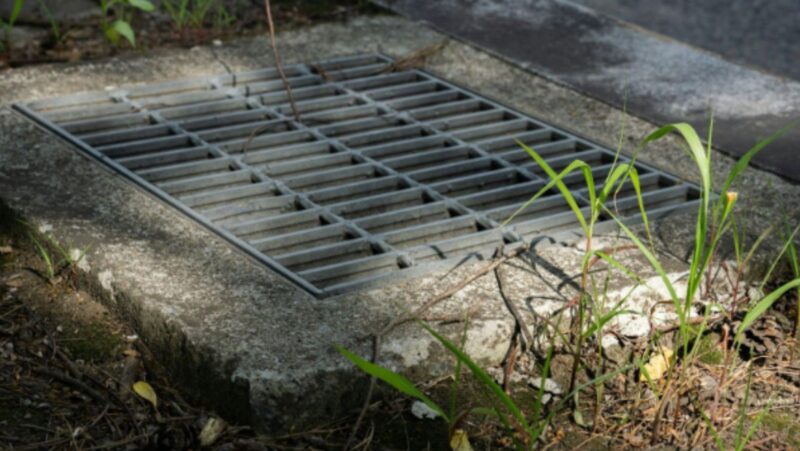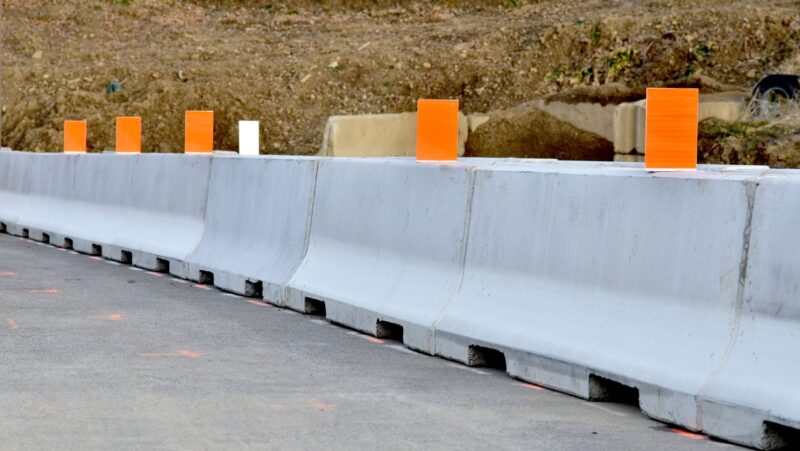
Spring garden preparation is essential for maintaining a vibrant and healthy outdoor space. An integral part of this process involves tree pruning and removal. Proper tree management can enhance the aesthetic appeal of a garden, promote plant health, and prevent potential hazards. This article delves into effective techniques for tree pruning and removal to ensure your garden thrives this spring.
Understanding the Basics of Tree Pruning
Tree pruning is the selective removal of tree parts, such as branches, buds, or roots, to improve the tree’s structure, health, and appearance. This practice can encourage the growth of flowers and fruits, control and shape the tree’s growth, and remove damaged or diseased parts.
There are various pruning cuts, including thinning, heading, and rejuvenation cuts. Thinning involves removing entire branches to open up the tree’s canopy, improving air circulation and light penetration. Heading cuts shorten branches, stimulating the growth of new shoots. Rejuvenation pruning involves cutting back the entire tree to regenerate it completely.
Choosing the right tools for pruning is crucial. Pruning shears, loppers, and pruning saws are essential tools, each suited for different tasks. Safety precautions, such as wearing gloves and eye protection, are vital to prevent injuries. The timing of pruning is also critical; pruning in early spring before new growth begins is ideal for many tree species, ensuring optimal results.
Identifying Trees That Need Pruning
Recognizing the signs that a tree needs pruning is fundamental. Dead, diseased, or broken branches are clear indicators. Overcrowded branches, crossing limbs, and excessive growth can also signal the need for pruning. Assessing tree health involves checking for symptoms like discoloration, unusual growth patterns, or pest infestations.

Understanding tree species and their specific needs is crucial. Some trees, like fruit trees, require annual pruning, while others may only need occasional trimming. Avoid common mistakes, such as excessive pruning or improper cutting techniques, which can lead to tree damage and poor health.
Step-by-Step Guide to Pruning Trees
Before pruning, prepare your tools and equipment. Check that your tools are clean and sharp to make precise cuts. Sterilize your tools to prevent the spread of diseases.
When making cuts, aim for clean, smooth cuts just outside the branch collar without leaving stubs. For larger branches, use the three-cut method: make a notch cut, followed by a relief cut, and then a final cut. This technique reduces the risk of bark tearing.
Different tree sizes and branches require different approaches. Smaller branches can be cut with hand pruners, while larger branches may need loppers or saws. After pruning, provide post-pruning care by applying a balanced fertilizer and watering the tree to support recovery and growth.
Safe and Efficient Tree Removal Techniques
Tree removal is sometimes necessary when a tree is dead, diseased, or poses a safety risk. Recognizing when it’s time for tree removal involves inspecting for signs like extensive decay, structural instability, or damaged beyond repair.
Hiring professional tree removal services is often the safest and most efficient option. Professionals have the expertise and equipment to ensure safe tree removal while minimizing risks in different scenarios. For DIY tree removal, ensure you have the right tools, such as chainsaws, ropes, and safety gear. Observing safety measures and checking local regulations and permits is essential.
After tree removal, dealing with stumps and roots is crucial to prevent regrowth and maintain garden aesthetics. Options include stump grinding, chemical treatments, or manual removal, depending on the stump’s size and location.
Enhancing Your Garden After Pruning and Removal
Post-pruning and removal, enhancing your garden can involve planting new trees and shrubs to replace removed ones. Choose species that suit your garden’s climate and soil conditions for the best chance of success.

Mulching is an effective technique for improving soil around your garden. It helps retain moisture, suppresses weeds, and adds organic matter. Ensure the mulch layer is adequately spread without covering tree trunks or plant stems.
Maintaining garden aesthetics and health after pruning includes regular monitoring of plant growth and adjusting care practices accordingly. Observing plants for signs of stress or poor health can help in making timely interventions. Planning future pruning activities based on plant needs and seasonal conditions ensures a well-maintained garden throughout the year.
Conclusion
Effective tree pruning and removal techniques are vital for successful spring garden preparation. Pruning promotes tree health, controls growth, and enhances garden aesthetics, while tree removal addresses safety concerns and opens up space for new plantings. Regular garden maintenance, including monitoring and timely interventions, ensures a thriving and beautiful garden environment. Starting early and planning garden activities carefully allows for a more enjoyable and productive spring gardening season.



